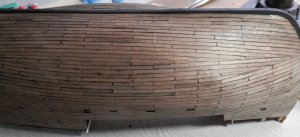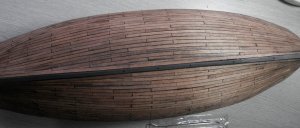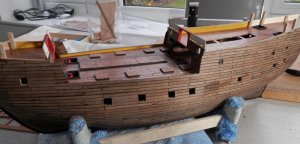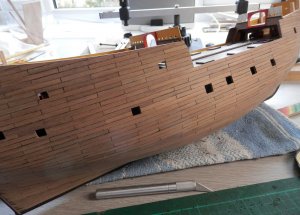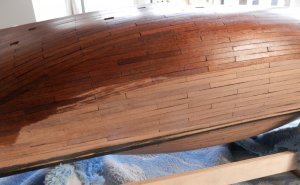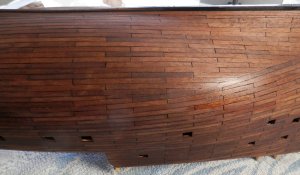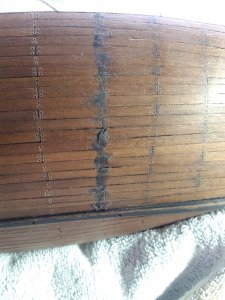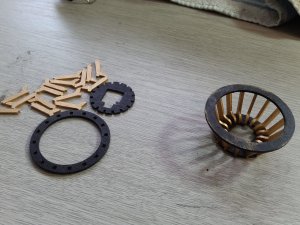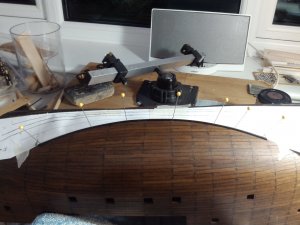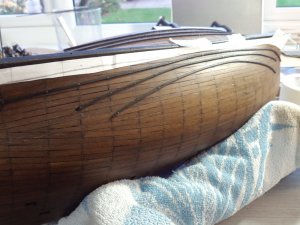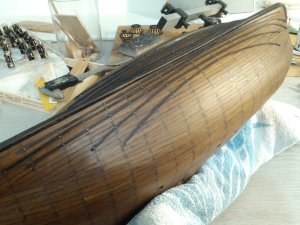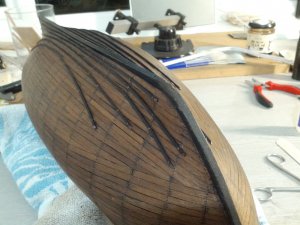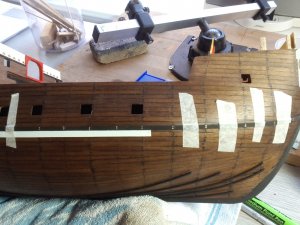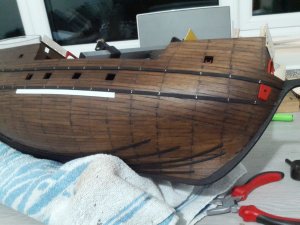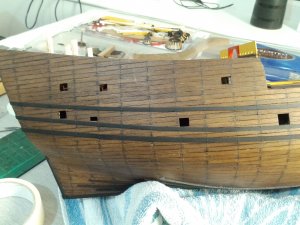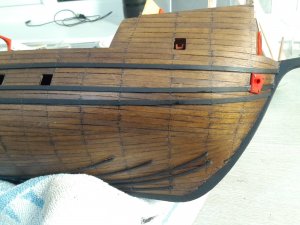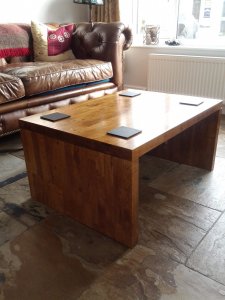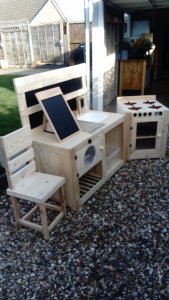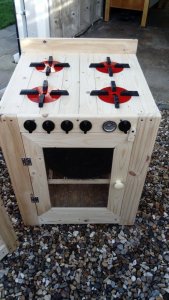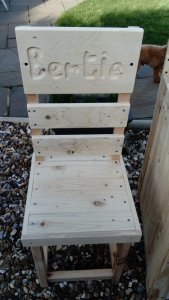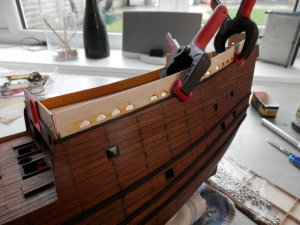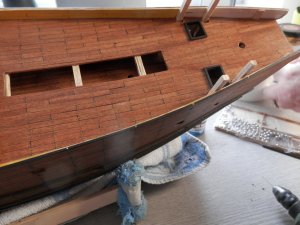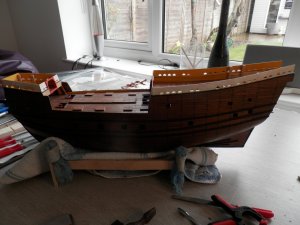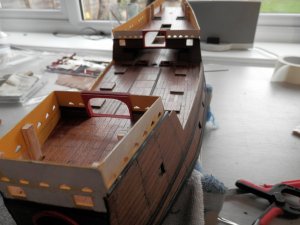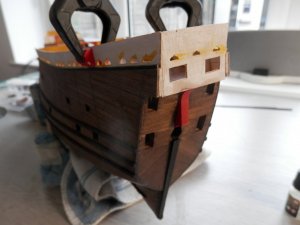Hi Graham,
Your short plank method looks great. I think it adds a lot of detail.
Your short plank method looks great. I think it adds a lot of detail.
 |
As a way to introduce our brass coins to the community, we will raffle off a free coin during the month of August. Follow link ABOVE for instructions for entering. |
 |
 |
The beloved Ships in Scale Magazine is back and charting a new course for 2026! Discover new skills, new techniques, and new inspirations in every issue. NOTE THAT OUR FIRST ISSUE WILL BE JAN/FEB 2026 |
 |
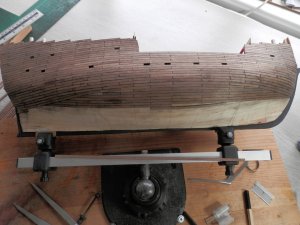
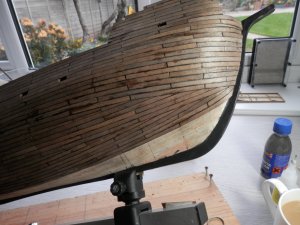

Actually, Red does all the planking - I just drink beer whilst feeding him biscuits.looks teriffic. great work. Looks like your canine companion is stealing the show.
 helps get the job done.
helps get the job done.